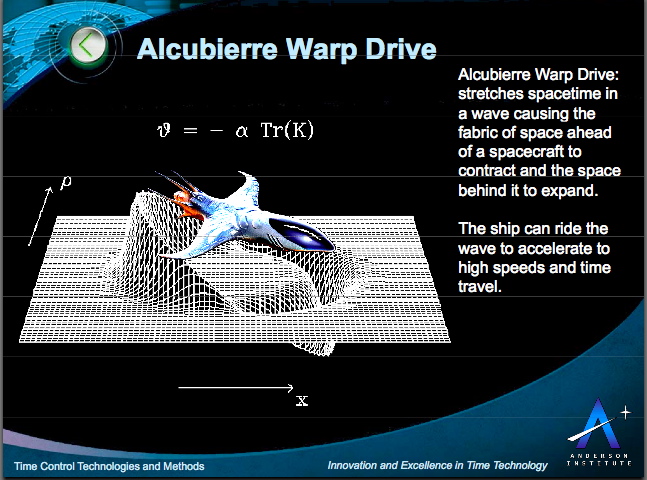Many attempts to classify life focus on a list of requirements, such as the ability to reproduce, to carry out metabolic reactions, to grow, to defend against injury, and others. Yet exceptions to each of those can be made for things that are generally accepted to be alive. For example, mules and worker bees cannot reproduce, but surely they are alive. And bacteria, when frozen, are completely inactive but still are alive.
Biologist Gerard Jagers op Akkerhuis of Wageningen University in the Netherlands has come up with a novel solution that does not ask life to meet a long list of abilities.
"People have focused on facultative properties like breathing or moving, and then say if we combine a few of those properties we are close to having defined life, but there are always exceptions," Jagers op Akkerhuis said. "What [my idea] does is it turns the whole thing completely upside down. I focus on the minimal absolutely necessary properties and I don't care about any facultative properties."
Instead, he defines life in terms of a concept he calls an operator. This name was introduced to relate to both physical particles (atoms and molecules) and organisms. The operators are entities that, as the result of specific self-organization processes, stand out from the surrounding environment. All living things, like humans and hummingbirds, as well as some non-living things, such as atoms and molecules, would be operators.
To qualify as life, Jagers op Akkerhuis requires an operator to be equally or more complex than a cell.
"From the level of the cellular operator and up, everything is a living operator, is life," Jagers op Akkerhuis said. "I define life by means of operators. And I have the operators ranked by their level of complexity."
Complexity, in this formulation, can be measured by levels of "closure" — a kind of circle pattern that connects the beginning and end of a process or structure. "You have functional closure, in which the products of a process fall into the set of the ingredients," Jagers op Akkerhuis said. "Then there is structural closure, which results in a spatially closed entity."
For example, in a cell, the, membrane is the structural closure. Its functional closure, Jagers op Akkerhuis said, is the set of so-called autocatalytic enzymes, which are chemicals that react in a self-perpetuating cycle. The end-product of the reaction is also what drives the reaction (the catalyst).
Using these concepts, the theory builds up a strict hierarchy of operators by increasing the levels of closure step by step. To create the ranking, Jagers op Akkerhuis focuses on an idea called "first-next possible closure," so every next level operator in the hierarchy has exactly one additional level of closure.
In the case of a human being, the functional closure is the brain's network of interacting neurons (cycles of cycles leading to a "hypercyclic neural network," Jagers op Akkerhuis said). But a brain without sensors to interact with the physical world is useless. Therefore a structural closure co-evolved, in the form of an interface of sensors, both for perceiving the world (e.g. smell, sight, taste, sensory perception, etc.) and for being active in the world (the motor neurons directing muscle activity). These closures, on top of the closure of multicellularity, define a new level of life.
If all this is a little heady, the scientist says he understands the idea is complex and may take some getting used to.
"I think the operator hierarchy offers a very fundamental, new way of defining life. It may, however, require some time before other people start recognizing its value," Jagers op Akkerhuis told Roelof Kleis for the Wageningen University journal.
One scientist, Rob Hengeveld of the Dutch Vrije Universiteit, took issue with the definition in an essay published in the proceedings of the First International Conference on the Evolution and Development of the Universe in October 2008.
"This theory and definition will confuse our biological issues even more by their circularity of reasoning," he wrote. "Recognizing something as living depends on criteria derived from known, recent living systems; a bean is a bean because it is bean shaped."
But Jagers op Akkerhuis said this is a common misconception.
The construction of the operator hierarchy is recursive in the sense that every operator depends on its preceding level operator, but this hierarchical architecture precludes circularity of reasoning, he said. Plus, the operator theory includes both living and non-living operators.
Another common misconception, Jagers op Akkerhuis said, is the idea that in order to define life it's enough to understand the origin of life. "This is a problematic trend, because the first cell lacks many properties that define life at higher levels in the operator hierarchy," he said.
One benefit of his theory, Jagers op Akkerhuis said, is that it allows easy elimination of many red herrings, such as flames and computer viruses, which have proved to be pesky possible qualifiers in other definitions of life.
But these things cannot be life under the operator hierarchy simply because they are not operators, Jagers op Akkerhuis said — the interactions of their parts do not create the required first-next possible closure.










![[Most Recent Quotes from www.kitco.com]](http://www.kitconet.com/images/quotes_special.gif)

